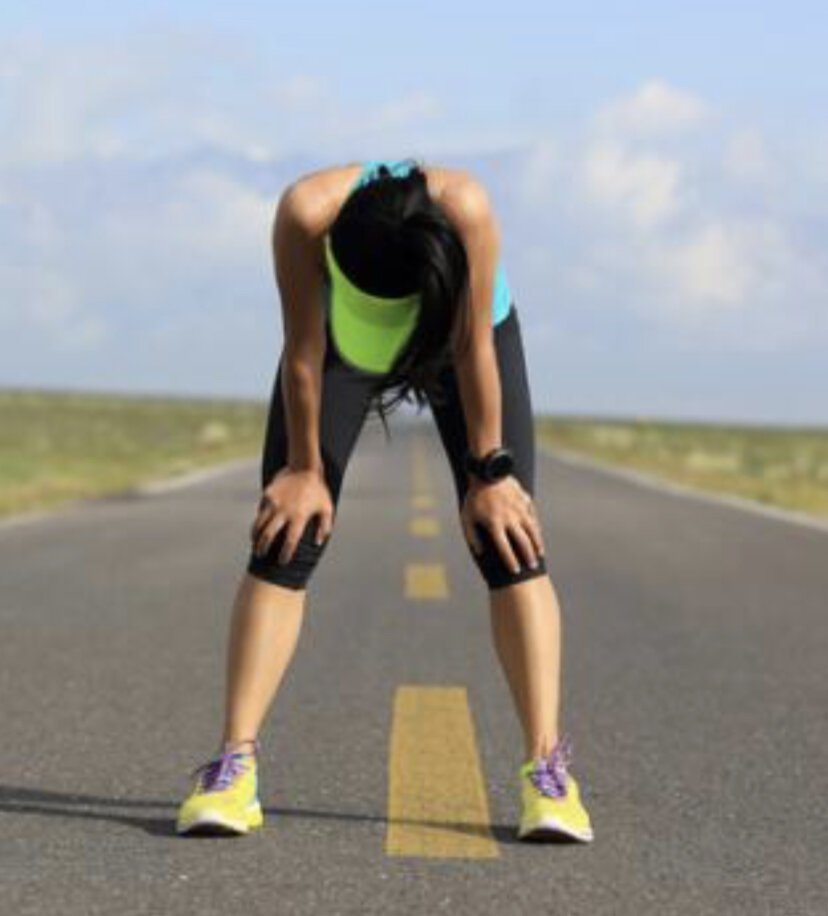
DR. LEE S. COHEN & ASSOCIATES
SPORTS MEDICINE PODIATRY CENTER
GET RELIEF FROM LEG PAIN
Understanding Leg Pain
Leg pain is found in one of two principal locations, either the inside or outside of the leg. Pain in each of these areas has different causes and is located in different areas. The foot is the foundation of the body, and if it is not functioning properly, the muscles of the leg, front and back must work harder which causes them to fatigue faster.
If you have leg pain on the outside of your leg, which continues into the foot, you may have what has historically been referred to as shin splints. We now label this condition by the muscle or muscles that are most affected by activity. The new terminology describes this condition as anterior tibial tendinitis. It is named after the muscle and tendon, which becomes inflamed, due to poor mechanics with overuse, overtraining, a change of activity on different ground surfaces, and or improper footwear. Which can include not only the wrong shoe for the sports activity or a worn-out athletic shoe.
If you have pain in the inside of your leg, going down to the inside of your ankle, you may have a condition called medial, tibial stress syndrome or posterior tibial tendinitis. The name is derived from the leg bone named the tibia in which the muscle pulls some of the fibers and lining of the bone off and causes irritation. The tendon is called the posterior tibial tendon. This occurs when the foot overly pronates through a longer period of the gait cycle. This is usually caused by an abnormal relationship between the front of the foot and the back of the foot. When posterior tibial muscle is in an abnormal position and must work harder it fatigues faster and swells inside the front portion of the leg. This posterior tibial tendinitis or medial tibial stress syndrome is related to abnormal foot mechanics in addition to the other factors mentioned such as change of activity on different ground surfaces and/or improper footwear. All of these are possible contributing factors; however, biomechanical deformity is the real culprit.
Treatment should include a good biomechanical examination of the lower extremity, a custom orthotic insole (if needed), a good stretching program, shoe evaluation, and a good core strength evaluation, as well as modifications to your training program to prevent further injury in the future.
Call our offices located in Marlton, N.J. or Ridley Park, PA. or reach out via our contact form today to schedule your complete biomechanical assessment and comprehensive examination at (610) 522-9200.


